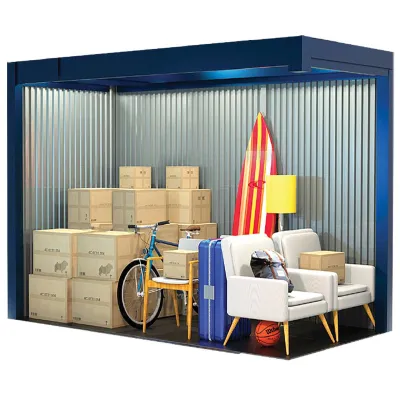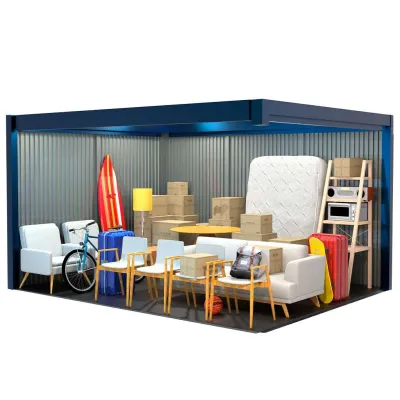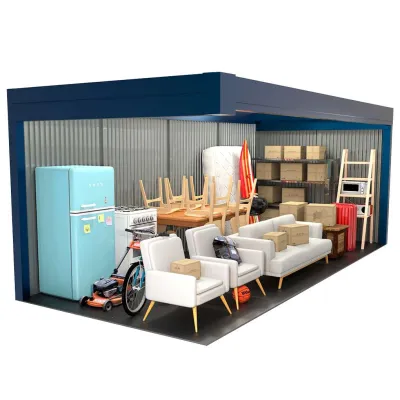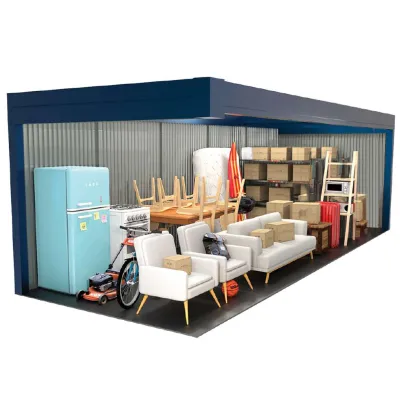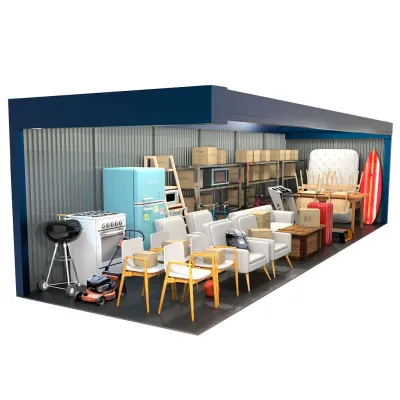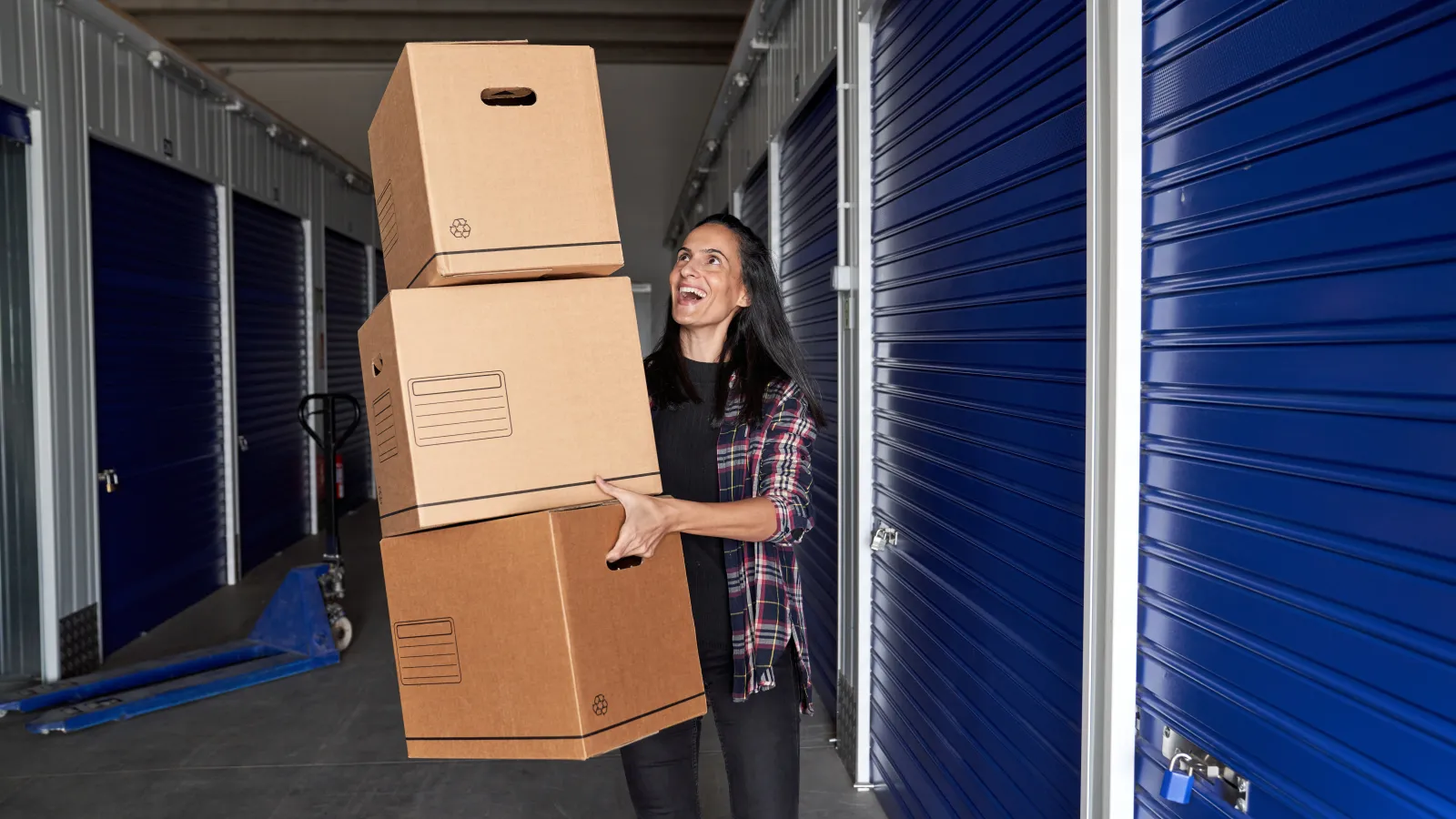
How to Choose and Optimize Long-Term Storage Solutions
Struggling to find the best long-term storage option? Whether you're downsizing, decluttering, or looking to store seasonal items, finding the ideal long-term storage solution near you can be overwhelming. With so many options out there, you want to find a unit that's accessible, safe, and won't break the bank.
This guide shares everything you need to know about finding "long-term storage near me" and how to organize your unit like a pro.
How Long is "Long-Term"?
Typically, any storage beyond three months is considered long-term. For example:
Storing winter gear in the summer.
Keeping furniture safe during a year-long move abroad.
Housing items during an extended home renovation.
What Items Are Commonly Stored Long-Term?
Here are a few types of items people commonly store:
Furniture (beds, tables, and couches during moves or renovations).
Seasonal Decorations like Christmas trees or Halloween costumes.
Sporting Gear (skis and camping equipment you won't need year-round).
Important Documents needing safekeeping.
Electronics that aren't in immediate use.
Sentimental Keepsakes like photo albums, old toys, or heirlooms.
Key Considerations When Choosing a Storage Facility
The right facility is key to stress-free, long-term storage. Here's what to look for:
1. Security Is Non-Negotiable
Why is this important? Well, peace of mind comes from knowing your belongings are safe. Top-tier facilities offer:
24/7 surveillance cameras to monitor for any suspicious activity.
Gated access with electronic entry codes to limit who can enter.
Pro Tip: Avoid facilities with poor lighting, no visible cameras, or unmaintained fences—these are red flags.
2. Accessibility is Key
Ask yourself how often you'll need to retrieve items. If frequently, choose a facility with perks like:
24/7 access policies, which ensure you can grab what you need day or night.
Convenient locations near highways, retail centers, or your home.
Make life easier by selecting a facility that fits into your schedule.
3. Climate Control Matters
Climate-controlled units are indispensable for protecting certain items from temperature or humidity damage. These units maintain stable conditions, making them ideal for:
Wooden furniture (prevents warping).
Electronics (avoids rusting or circuitry damage caused by humidity).
Photographs and documents (prevents fading or mold growth).
Even specialty items like wine collections benefit immensely from these temperature-regulated spaces.
4. Choose the Right Unit Size
Not sure what size storage unit to get? Many facilities provide guides or on-site help to determine the best fit. Here's a quick overview:
Small (5x5 feet): Perfect for a few boxes or small household items.
Medium (10x10 feet): Can hold the contents of a one-bedroom apartment.
Large (10x20 feet): Big enough for larger furniture or an entire household move.
5. Review the Fine Print
While looking for "long-term storage near me," pay attention to the "boring but important" details, such as:
Penalties for late payments.
Availability of insurance coverage for stored goods.
Policies on adding or removing items at different times.
A little due diligence can save you time and frustration later on.
Tips for Optimizing Storage Organization
Maximize your storage space and keep frustration at bay by following these organization hacks:
1. Make Use of Vertical Space
Use shelves or stackable bins to go up instead of out. This not only saves floor space but also keeps items like boxes off the ground for better ventilation.
2. Heavy Items Go on the Bottom
Start with bulky furniture or equipment as a foundation. This ensures stability and prevents smaller, fragile items from being squished.
3. Leave an Aisle for Accessibility
Create a clear pathway through your unit to avoid the inevitable challenge of digging through boxes stacked at the back.
4. Label Everything
Trust us—future you will thank you for this. Use clear, color-coded labels or an inventory system so you never struggle to find that one specific box.
5. Protect Fragile Items
For delicate belongings:
Use bubble wrap, padding, or sturdy blankets.
Place glasses and dishes in divided bins.
Add silica gel packets to fight moisture where needed.
6. Rotate Items Seasonally
If you're storing seasonal goods, keep high-use items (like holiday decorations) at the front for easy access.
7. Plan Your Unit Layout
Sketch a basic map of where items will go. Group furniture, decorations, electronics, and fragile items into separate zones to avoid unnecessary digging.
Frequently Asked Questions About Long-Term Storage Near Me
How Should I Prep My Belongings for Long-Term Storage?
Clean and dry everything. Moisture or grime can cause significant damage when items are stored for months.
Cover furniture with sheets or tarps, and pack electronics in their original boxes for extra protection.
How Long Can I Rent a Storage Unit?
Most storage facilities offer flexible month-to-month rental agreements. You can store items for as little or as long as needed.
What Are the Costs of Long-Term Storage?
The price depends on the unit size, location, and extra features like climate control. Monthly costs typically range from $50 to $300.
How Do I Calculate the Space I Need?
Many storage companies provide online calculators to help you estimate the unit size required based on what you plan to store.
Take the Stress Out of Long-Term Storage With Midgard
The right storage solution should simplify your life—not add unnecessary stress. At Midgard Self Storage, we provide regular and climate-controlled storage spaces designed to be accessible and secure.
Find the perfect storage unit for you today! Click here to learn more and reserve your space now.



